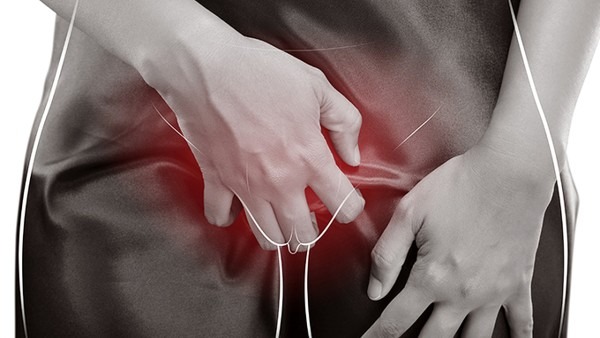The experience of female orgasm is a complex and multifaceted phenomenon, often accompanied by a range of physical and emotional responses. Among these, the occurrence of leg tremors or shaking during climax is a reaction that has puzzled many. This article delves into the reasons behind this phenomenon, exploring both its normal physiological basis and potential underlying health concerns.

The Physiology of Orgasm and Leg Tremors
Orgasm, the pinnacle of sexual response, is characterized by intense physical sensations and a brief period of heightened pleasure. During this phase, women may experience rhythmic vaginal contractions and involuntary muscle spasms throughout the body. These spasms are a natural part of the body's way of releasing built-up sexual energy, often manifesting as waves of pleasure. Leg tremors, in this context, are simply a localized manifestation of these widespread muscle contractions and are entirely normal.
Impact of Sexual Positioning
The position adopted during intercourse can also influence the likelihood of experiencing leg tremors. In the commonly used male-on-top position, prolonged pressure from the partner's body can lead to reduced blood flow to the lower extremities. This can cause numbness, stiffness, and, in some cases, tremors in the legs. Adjusting to positions that alleviate this pressure, such as the female-on-top or side-lying positions, can help mitigate these symptoms.
Potential Health Implications
While leg tremors during orgasm are usually benign, they can occasionally signal underlying health issues. In rare instances, these tremors may be indicative of a suboptimal health state, manifesting only during intense physical activity or stress. Such reactions could point to metabolic imbalances, particularly in the regulation of essential ions like calcium and potassium. Disorders affecting the thyroid, parathyroid, or adrenal glands, which play crucial roles in hormone regulation and ion metabolism, might also be at play. A thorough medical evaluation, including blood tests and hormonal assessments, can help identify any such conditions. Addressing these metabolic disturbances typically resolves the associated leg tremors.
Conclusion
Leg tremors during female orgasm are generally a normal part of the body's sexual response, reflecting the intense muscular activity and energy release that characterize this peak experience. However, understanding the context and frequency of these tremors is crucial, as they can occasionally hint at deeper health issues. By recognizing the normalcy of this response and being aware of the potential for underlying conditions, individuals can better navigate their sexual health and well-being.
























